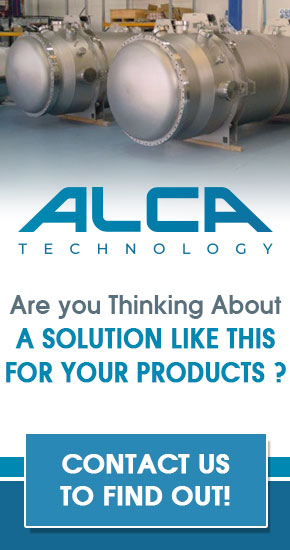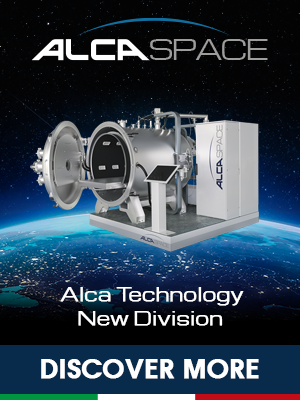Vacuum: Why?

Vacuum processing is based on the presence of a particular environment, which essentially consists in the absence of something: the vacuum, in fact. Obtaining a reduced pressure environment and carrying out industrial operations in these conditions requires the use of complex and expensive equipment. So why is this need? The reasons are essentially two.
First, the fact that air is a mixture of gas, mainly nitrogen (approximately 78%), oxygen (approximately 21%) and argon (the remaining 1%) must be considered. Of these gases, one is a noble gas: argon. As such, it is an inert gas, that is, it does not spontaneously give chemical reactions, whatever the conditions and the environment in which it is present. For this reason, argon is used to generate the necessary protective atmospheres in different welding processes. Nitrogen and oxygen, on the other hand, are reactive gases. The first, under certain temperature conditions, can combine, for example, with different metal elements forming the respective nitrides. As is well known, oxygen is also a very reactive gas: it can combine with metals, forming the respective oxides, which are usually more thermodynamically stable than the metal from which they are formed. As a demonstration of this, one can consider the fact that, in nature, it is very rare to find metallic materials in their native state, except for gold: usually they are available in the form of oxides or other chemical compounds.
Therefore, in the case of processes that require, for example, high temperatures, operating in the air means potentially incurring unwanted chemical reactions with the oxygen and nitrogen present. By way of example, if we wanted to evaporate a metallic material by bringing it to a high temperature inside a crucible, with the aim of depositing the vapors produced on a given substrate, the metallic vapors at high temperature would most likely undergo oxidation phenomena. A typical industrial case concerns the aluminization process of bioriented polyporopylene (BOPP), used in the food packaging sector. As is known, aluminum has a strong tendency to oxidation: if we tried to generate aluminum vapors, with which to deposit a metallic film on the BOPP by means of a condensation process, in the presence of oxygen, we would obtain a deposit of another material: alumina (Al2O3).
This problem, however, does not necessarily oblige to use an environment in which the vacuum has been created: it would be sufficient to work, as already said, in an inert atmosphere, achieved through the use of any noble gas (argon, helium, kripton, etc.).
Another aspect must therefore be considered: the transport of matter. In many processes that are carried out in vacuum, the process involves a flow of matter from a source to a substrate, carried out in the vapor phase. In essence, the atoms or molecules of a species that you intend to deposit on a substrate, once generated by means of a suitable system, must be able to make a certain path before depositing on the substrate to be coated, where they condense forming a film with the required features. If this path took place at atmospheric pressure - regardless of the composition of the atmosphere itself - the flow of material would be impeded by the atoms or molecules already present, according to a process known as diffusion.
In practice, the species to be deposited would collide with the gas particles present, which would greatly reduce what is generally defined as the average free path. At another scale, it would be like wanting to reach a certain destination, on foot, passing through a crowd of people: the time needed to travel a certain distance could also be much longer than necessary in conditions of clear road.
A further fact must also be considered: the energy with which the species to be deposited would be able to reach the substrate, for example to increase adhesion with the substrate itself, can be significantly modified by the presence of an atmosphere with relatively high pressure. In practice, it would be like trying to shoot an arrow at a target, hoping that it will stick to it, interposing a forest between the archer and the target itself. The chances of things going the right way could be very low ... Reducing the working pressure means thinning out the forest, so that the archer -and the arrow- can see and reach the target (the substrate) easily.
But what are the pressures used in the vacuum technique?
Let's start from a certain fact: the state of "perfect vacuum" is not reachable, for physical reasons (for the most curious, a simple explanation of why it is available at this link: empty_perfect).
In some applications, the system used must be able to reach vacuum values close to those present in the interstellar space: from 10-10 to 10-11 mbar. An example of this level of vacuum is found in some equipment used in the world of research, such as the LHC (vacuum_lhc).
In normal industrial applications (thermal evaporation, sputtering, etc.), the working pressure can be 4-9 orders of magnitude higher, typically in the range between 10-2 and 10-6 mbar.
The way in which these pressures can be achieved and maintained will be covered in a future article!


